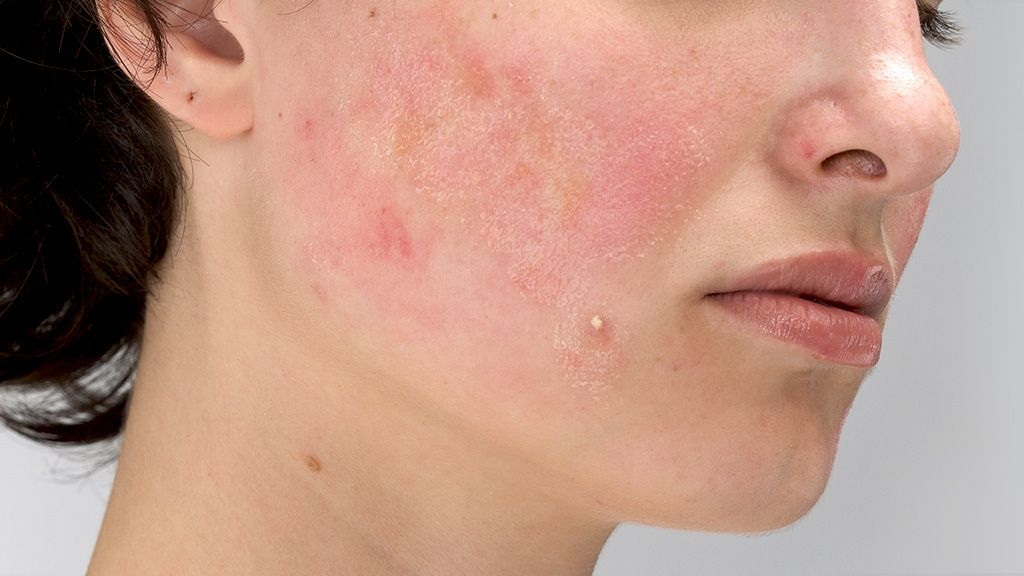Those who have acne-prone skin don’t know the best way to take care of their skin. When you use more the wrong products without having much knowledge about it, the acne spots become worse. In this article, we will explain how to take care of acne-prone skin and reduce redness.

Best Way to Take Care of Acne-prone Skin and Reduce Redness
Use a Cleanser Twice Everyday
If you have acne, then cleaning the face twice every day is extremely important. Redness and spots can increase when the face is left dirty and oily. Hence, you should properly wash the face using a mild formula created for acne-prone or oily skin. A cleanser that contains oregano oil or cannabis Sativa seed will be effective in reducing redness and acne spots.
You should apply a cleanser that includes botanical ingredients to clean the face without taking away moisture. However, before buying any cleanser, make sure the product is non-comedogenic and won’t lead to any breakout problem. When you use a cleanser every day, the skin will remain calm, fresh, and healthy-looking.
A water-based cleanser can target and treat stubborn blemishes and breakouts. If you want to purify clogged pores, look for products that include ginger root essential oil and exfoliating salicylic acid. These ingredients can clear blemishes like blackheads and whiteheads. Cleansers that contain salicylic acid can be used daily. Moreover, these products are effective in addressing stubborn breakouts.
Apply Face Mask
You must apply face masks for redness and acne spots once every week. Follow the simple steps to create a face mask at home to reduce acne spots and replenish much-needed moisture.
Here is a homemade recipe for face mask, especially for acne spots to reduce the redness on the skin caused due to the acne!
How to Make a Face Mask for Acne Spots?
- Take a bowl and mix 2 tablespoons of cocoa powder with 2 tablespoons of coffee powder. Then, include 3 tablespoons of yogurt in that bowl.
- Stir all the ingredients properly. Add 1 tablespoon of honey and stir the mixture again.
How to Apply a Face Mask to Treat Acne Problems?
- Use a gel-based cleanser to wash your face and get rid of any makeup. Apply the face mask properly.
- Leave it to dry for 15-18 minutes. Gently remove the mask using cold water. Then, take a soft cloth to pat dry.
Reach for a Non-Comedogenic Moisturizer
Your skin should stay hydrated. If you don’t apply moisturizer, the skin will most likely look unhealthy and dull. Those who have acne-prone skin should find a moisturizer that doesn’t create further issues. You should choose a Korean moisturizer for acne-prone skin because these products don’t clog pores. Always avoid using moisturizers that cause breakouts.
“Non-comedogenic” and “oil-free” are important labels that are included in every moisturizer that is created for acne-prone skin. The ingredients that your moisturizer must contain are glacial glycoproteins, glycerin, desert plant extract, and hyaluronic acid. These moisturizers can nourish the skin without weighing it down. Moreover, these moisturizers are lightweight, and your skin won’t look greasy.
Do Wear Sunscreen with SPF
Using sunscreen is particularly crucial if you’re attending acne because ingredients like salicylic acid, benzoyl peroxide, and retinol make your skin more sensitive to the sun. These sunscreens also assist in minimizing the dark spots or redness that may prevail even after acne has eased.
Conclusion
We hope now you understand how to take care of acne-prone skin. Always keep your face clean so that acne problem doesn’t increase and become severe. You should apply a face mask every week to reduce the appearance of redness and acne spots.